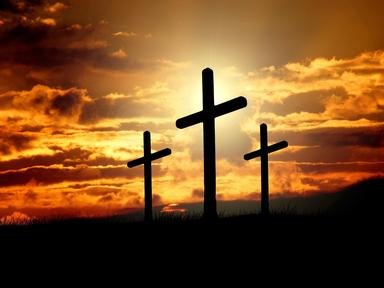Quiz Answer Key and Fun Facts
1. May 25, Father of English History, Patron of English writers and historians
2. August 31, Founded Lindisfarne Priory, Patron of firefighters
3. March 5, Established church in Cornwall, Patron of tin-miners
4. January 13, Missionary and founder of churches, Patron of Glasgow
5. March 20, Early wildlife conservationist, Patron of Northumbria
6. June 9, Established Iona Abbey, Patron of poets
7. April 23, Greek soldier in Roman army, Patron of England and farmers
8. November 20, King of East Anglia, Patron of kings and pandemics
9. July 15, Bishop of Winchester, Patron of weather
10. December 29, Archbishop of Canterbury, Patron of secular clergy
Source: Author
ponycargirl
This quiz was reviewed by FunTrivia editor
looney_tunes before going online.
Any errors found in FunTrivia content are routinely corrected through our feedback system.
